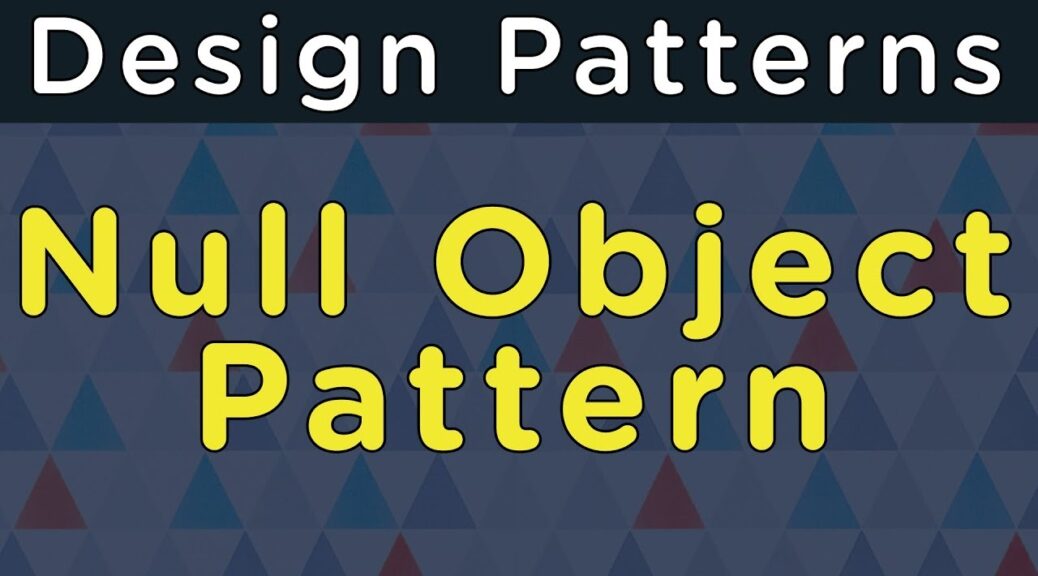Master the Builder Design Pattern: Ultimate Guide for Efficient Design
The builder design pattern is a creational pattern that facilitates the step-by-step construction of complex objects. It separates the object’s construction process from its representation. Here is the step by step guide to implement the builder design pattern. Step-by-Step Guide Example in ASP.NET Core Context Let’s create an example where we use the builder design pattern to construct a complex User object in an ASP.NET Core application. 1. Define the Product 2. Create the Builder Interface 3. Implement Concrete Builder…



